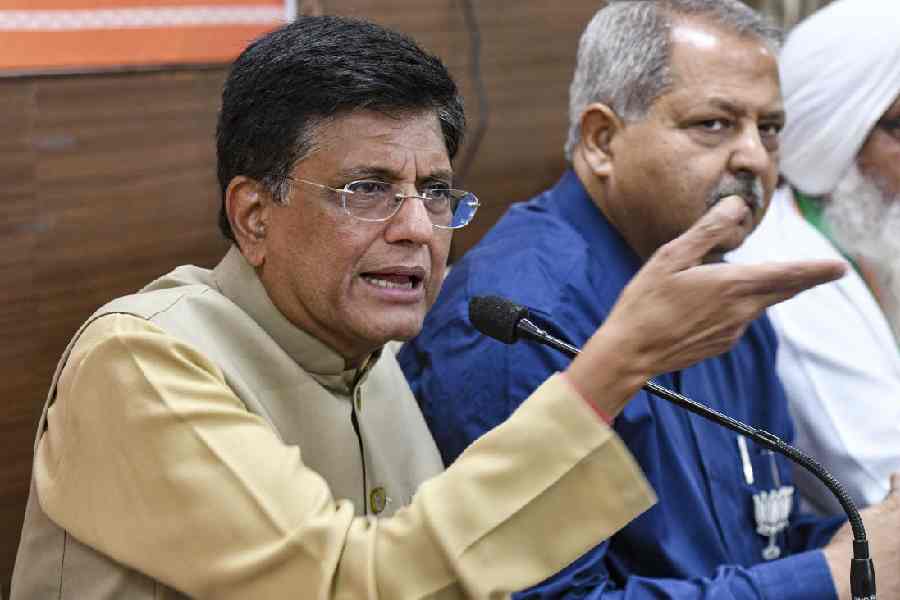Asset quality of Indian banks’ consumer loans has held up well so far, but an accumulation of “untested risks” due to rapid growth may challenge lenders’ underwriting standards and risk controls, Fitch Ratings said on Monday.
“Fitch’s assessment of Indian banks’ risk profiles also factors in lower transparency in terms of data disclosures on retail underwriting, such as loan-to-value ratio, borrower debt serviceability, credit bureau scores, and recovery rates, than most Asian banking systems,” the rating agency said in a statement.
Bank loans grew 16 per cent in the financial year ended March 2024, similar to 2022-23, exceeding the 8 per cent CAGR (compound annual growth rate) over 2014-15 to 2021-22.
Retail loans constitute around 10 per cent of system loans and grew at a 20 per cent CAGR since 2020-21, fuelled by a shift towards unsecured credit to expand margins, the US-based rating firm said.
Large private banks gained significant market share in the last credit cycle and continue to grow rapidly; state banks also returned to brisk growth but lagged large private banks, Fitch said in a report titled ‘Risk profile weighs on Indian banks’ viability ratings despite improved performance’.
Concerned about the pace of growth in unsecured retail loans, the RBI in November raised the risk weight on personal loans and credit cards. It had raised the risk weightage to 125 per cent from 100 per cent.
Fitch said India’s household debt is among the lowest in the world, despite rising to around 40 per cent of GDP from 38 per cent in 2022-23.
However, the RBI has expressed its concern regarding the fall in the household savings rate, early delinquencies, higher loans per borrower and a surge in consumption loans
It further pointed out exposures in SME and farm loans notwithstanding above-average impaired loan ratios of 5 per cent and 7 per cent, respectively, in the first half of 2023-24.
State-owned banks have limited flexibility to avoid these sectors due to their quasi-policy roles, but appetite is also driven by high yields.
“The RBI’s recent measures have reinforced safeguards, including improvements in governance, risk management, and reporting.
“It increased risk-weights on certain loan categories in November 2023 to improve buffers against the potential for build-up of risks, applied punitive business restrictions in specific segments for regulated entities in case of supervisory concerns, and is proposing to increase provisioning on project finance,” Fitch said.










